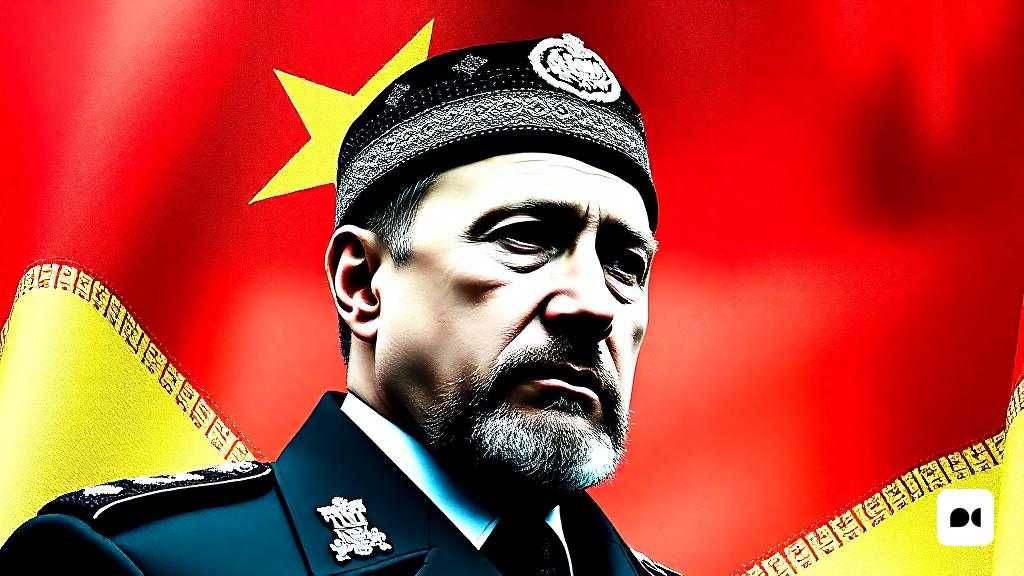A Complex Historical Context
The history of Chechnya, located in the north of the Caucasus, is a story of resistance and struggle for identity. After suffering the devastating consequences of two wars with Russia, the country has found a new path under the leadership of Ramzan Kadyrov, a leader who has been able to capitalize on his position in a system that moves between modernization and kleptocracy.
The Transformation of Chechnya
Currently, Chechnya is presented as an example of urban reconstruction with an approach inspired by the Arab Emirates. Kadyrov’s policy seeks not only to restore infrastructure but also to create a new model of government that leverages loyalty to Moscow in exchange for substantial economic resources.
Economic Dependence
Funds transferred from the Russian Federation are vital to the Chechen economy, with 80% of the budget coming from Moscow. This system of transfers, which includes aid for social programs and housing, has become a tool of control and manipulation, where local elites seize a significant part of the resources.
Corruption as a Structure
The situation in Chechnya reveals a deep-rooted web of corruption, with Kadyrov leading a regime where personality cults and nepotism are the norm. The Ajmat Kadyrov Foundation, chaired by his mother, controls the country’s main industries, and officials are forced to contribute part of their salaries to this corrupt network.
The Price of Loyalty
Loyalty to the Kadyrov regime, on the other hand, brings benefits to a few, while the majority of the population struggles to survive. With average wages not exceeding 200 euros and a third of the population living in poverty, the disparity between the elites and the working class is evident.
A Final Reflection
The current situation in Chechnya is a paradox between superficial modernization and the structural corruption that subdues it. In a world where politics and economics are increasingly interconnected, the Chechen case is a paradigmatic example of how power dynamics can transform a territory into a mirage of progress, while the majority of the population remains trapped in a system of submission and exploitation.

